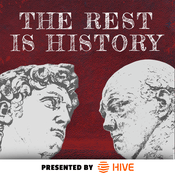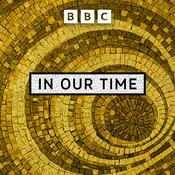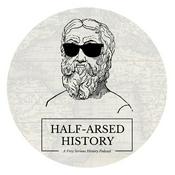401 episodes
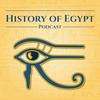
News from the Field (2025-2026 Part 1)
26/12/2025 | 19 mins.
The winter 2025/26 excavation season is underway, and lots of news is coming forth already. Let's explore the major finds! Chapters: The GEM is open 00:30. Scans at Menkaura's pyramid: 04:12. Discovery at Tanis: 07:31. Alexandria ship: 08:49. Amarna Plague? 10:39. Thera Tempest? 12:41. Karnak Re-Dated: 14:43. New Temple Discovery: 16:05. Sources: Menkaura pyramid scans: https://www.sciencedirect.com/science/article/pii/S096386952500012X Tanis discovery: https://english.ahram.org.eg/NewsContent/9/40/557221/Antiquities/Ancient-Egypt/-royal-ushabti-figurines-unearthed-in-Nile-Delta-T.aspx Alexandria ship: https://www.franckgoddio.org/shipwreck-k1/ Amarna plague: https://www.journals.uchicago.edu/doi/10.1086/736705 Thera Eruption and Tempest Stela: https://journals.plos.org/plosone/article?id=10.1371/journal.pone.0330702 Karnak re-dated: https://www.cambridge.org/core/journals/antiquity/article/conceptual-origins-and-geomorphic-evolution-of-the-temple-of-amunra-at-karnak-luxor-egypt/12B8A406D84C46F89CDDD7A3DCDF297D Niuserra Valley Temple: https://english.ahram.org.eg/News/558520.aspx Learn more about your ad choices. Visit megaphone.fm/adchoices

Thanks for listening (End-of-Year Wrap-up 2025)
23/12/2025 | 3 mins.
A quick message to say thanks for listening in 2025, and what's coming up on the podcast... Learn more about your ad choices. Visit megaphone.fm/adchoices

Egyptology & Podcasting: Interview with Science Factory (Preview)
21/12/2025 | 6 mins.
I recently did an interview with the Science Factory YouTube channel. This is a short preview of the conversation. Find the full video at the Science Factory on YouTube https://www.youtube.com/watch?v=_K731D4bfMw and on their podcast Learn more about your ad choices. Visit megaphone.fm/adchoices

Livestream: Sat 20 Dec - Abu Simbel
18/12/2025 | 2 mins.
Howdy folks, it's time for another Livestream lecture! This time, I want to take you on a tour of Abu Simbel. To explain the design, decoration, and history of the monument. Along the way, we'll introduce Nefertari and her special temple, and the myriad royal children whom Ramesses displayed on his monuments. Livestream will be on YouTube https://www.youtube.com/@dominicperryae The lecture should last approx. 60 minutes, with time at the end for questions etc. Hope to see you there! Timezone conversions: Los Angeles, USA: Sat, 20 Dec 2025 at 11:30 PST Chicago, USA: Sat, 20 Dec 2025 at 13:30 CST New York, USA: Sat, 20 Dec 2025 at 14:30 EST London, United Kingdom: Sat, 20 Dec 2025 at 19:30 GMT Cairo, Egypt: Sat, 20 Dec 2025 at 21:30 EET Seoul, South Korea: Sun, 21 Dec 2025 at 04:30 KST Auckland, New Zealand: Sun, 21 Dec 2025 at 08:30 NZDT Learn more about your ad choices. Visit megaphone.fm/adchoices

224: Ozymandias (or, Shadow of the Colossus)
12/12/2025 | 36 mins.
Divine intermediaries. Ramesses II commissioned many statues, some of which are among the largest ever quarried. From the halls of the Grand Egyptian Museum, to the bedrock of Aswan, we follow the King's development of a remarkable project. Colossal statues of the king, bearing distinct names and even their own priests, provided Ramesses' subjects with new intercessors between their world and the gods... Logo: The statue "Ramesses, Beloved of Ptah," from the Grand Egyptian Museum. Learn more about your ad choices. Visit megaphone.fm/adchoices
More History podcasts
Trending History podcasts
About The History of Egypt
Listen to The History of Egypt, The Rest Is History and many other podcasts from around the world with the radio.net app
Get the free radio.net app
- Stations and podcasts to bookmark
- Stream via Wi-Fi or Bluetooth
- Supports Carplay & Android Auto
- Many other app features
Get the free radio.net app
- Stations and podcasts to bookmark
- Stream via Wi-Fi or Bluetooth
- Supports Carplay & Android Auto
- Many other app features
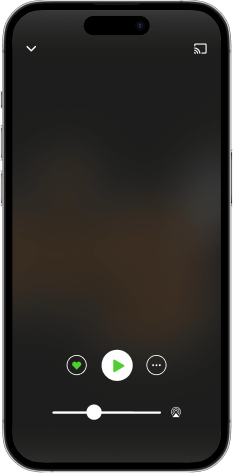
The History of Egypt
download the app,
start listening.
